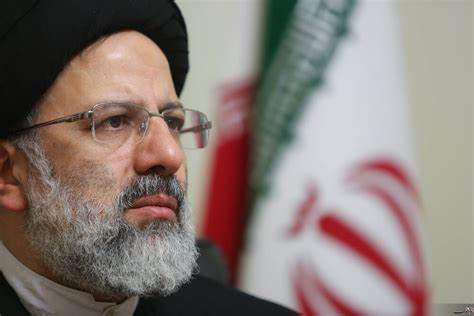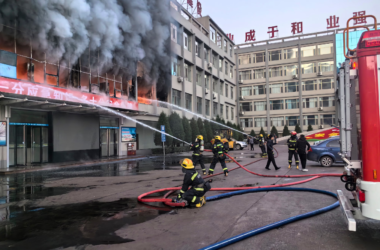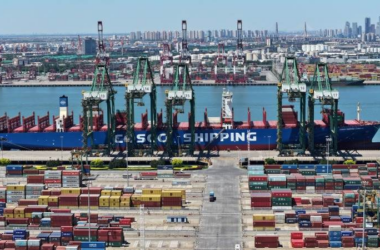The sudden helicopter crash that claimed the lives of Iranian President Ebrahim Raisi and Foreign Minister Hossein Amir-Abdollahian has plunged the Islamic Republic into a period of uncertainty. This unexpected event has intensified the internal and geopolitical challenges facing Iran, particularly amid ongoing regional tensions due to the war in Gaza.
Following the President’s sudden death, Vice President Mohammad Mokhber is expected to take over the administration. According to the constitution of the Islamic Republic, there are clear procedures for situations where a president is unable to fulfill his duties due to illness, death, or impeachment.
The constitution mandates that the vice president, in this case, Mohammad Mokhber, will assume the role of acting president. Mokhber, along with the heads of parliament and the judiciary, will be responsible for overseeing an election to choose a new president within a maximum of 50 days. This process requires the confirmation of the Supreme Leader, who holds ultimate authority over all state matters in Iran.
Mokhber’s position is seen as less influential compared to Raisi’s close alignment with Supreme Leader Ayatollah Ali Khamenei. The loss of Raisi, a potential successor to the aging Khamenei, clears a path for Khamenei’s son, Mojtaba Khamenei, despite opposition from many clerics to a hereditary succession.
Iran’s internal power dynamics, where authority is distributed among clerics, politicians, and military leaders, make the supreme leader the ultimate decision-maker. This complex structure means that while the president holds significant sway, it is the supreme leader who remains the central figure in Iranian politics.
Although Mokhber is not as closely aligned with Khamenei as Raisi was, he is credited with managing much of Khamenei’s finances and helping Iran navigate numerous sanctions. However, Mokhber’s interim leadership is unlikely to alter Iran’s trajectory significantly.
Raisi’s death might also reignite anti-government protests, similar to those following the death of Mahsa Amini in 2022. Dissident groups, including factions of Islamic State, may also seek to exploit the situation. The protest movement could find renewed momentum in this moment of political uncertainty.
Raisi, who became president in 2021 with the lowest voter turnout since the 1979 revolution, was a polarizing figure. His tenure was marked by controversy and was not universally celebrated within and outside of Iran. Many Iranians and political actors around the globe may view his death as the demise of a leader with a troubled legacy, while conservative and religious factions mourn his passing.
Beyond the internal power struggle, Iran faces heightened tensions with regional adversaries, especially Israel. The war in Gaza has exacerbated global tensions, and the recent exchange of strikes between Iran and Israel raises the specter of a broader conflict. Last month, Iran launched a drone and missile attack on Israel in response to an Israeli airstrike on Iran’s consulate in Damascus. While direct strikes have ceased, proxy conflicts involving Iran-backed groups like Hamas and Hezbollah continue.
Raisi’s death also raises concerns about Iran’s nuclear program and its contentious relations with the West. Iran’s uranium enrichment activities, approaching weapons-grade levels, have attracted international condemnation and fears of nuclear proliferation. Additionally, Iran’s alleged support for armed groups in various conflict zones, including Ukraine, further strains its international relations.
Iran’s influence extends beyond its regional rivalry with Israel. Western countries have long been suspecting Iran of pursuing nuclear weapons under the guise of a peaceful atomic program, posing a significant threat to global non-proliferation efforts.
The death of President Raisi is a critical juncture for Iran, presenting both internal and external challenges. While the immediate focus will be on maintaining stability within the country, the broader implications for the Middle East and international relations are profound and will require careful navigation by Iran’s leadership.








